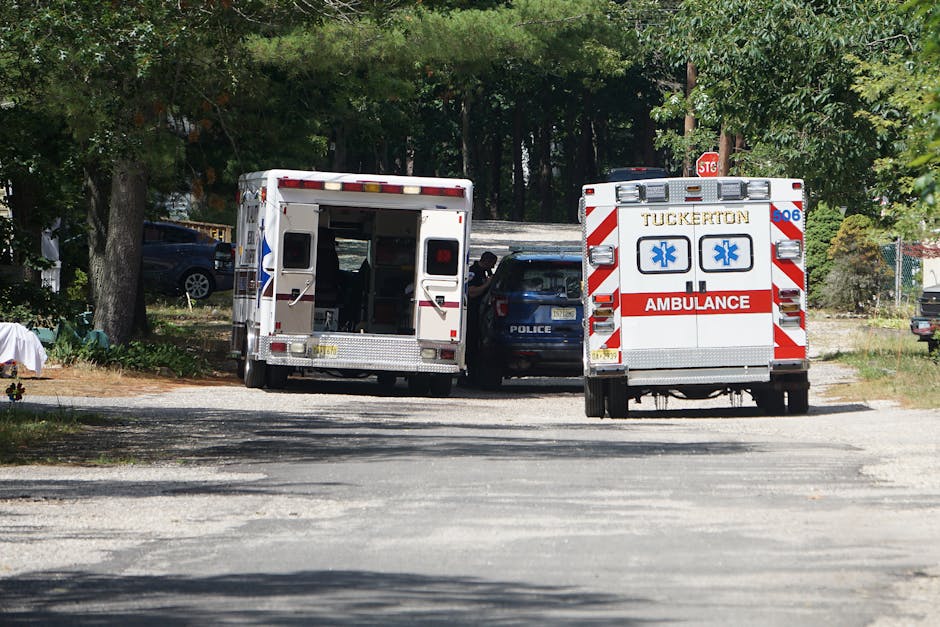India’s Road Crisis: Shocking Data Reveals Where And Why Accidents Are Rising
India’s roads are in the midst of a crisis, and the latest data paints a grim picture. According to the Ministry of Road Transport and Highways, over 1.68 lakh lives were lost in road accidents in 2022 alone—a staggering 9.4% increase from the previous year. This alarming rise has sparked nationwide concern, with experts pointing to a combination of factors, including poor infrastructure, reckless driving, and inadequate enforcement of traffic laws. The data also reveals stark regional disparities, with certain states and highways emerging as hotspots for accidents.
The Hotspots: Where Accidents Are Concentrated
The numbers highlight a troubling trend: a handful of states account for a disproportionate share of road fatalities. Uttar Pradesh, Tamil Nadu, and Maharashtra top the list, contributing nearly 35% of all road accident deaths in the country. Uttar Pradesh alone recorded over 22,000 fatalities in 2022, making it the most dangerous state for road users.
Highways and expressways, often seen as symbols of progress, are paradoxically among the deadliest stretches. The Mumbai-Pune Expressway, for instance, has gained notoriety for its high accident rate, with speeding and overtaking being the primary culprits. Similarly, the Delhi-Jaipur and Chennai-Bengaluru highways have witnessed a surge in crashes, particularly involving heavy vehicles.
Urban areas are not immune either. Cities like Delhi, Bengaluru, and Chennai are grappling with chaotic traffic, inadequate pedestrian infrastructure, and a lack of proper signage. The rise in two-wheeler and e-rickshaw usage has further compounded the problem, with these vehicles accounting for a significant portion of accidents.
The Root Causes: Why Accidents Are Rising
The reasons behind India’s road crisis are multifaceted. One of the most glaring issues is the state of the country’s infrastructure. Despite rapid urbanization, many roads remain poorly designed, with inadequate lighting, potholes, and missing safety features like guardrails and reflectors. The absence of dedicated lanes for cyclists and pedestrians forces vulnerable road users to share space with fast-moving vehicles, increasing the risk of accidents.
Reckless driving is another major factor. Speeding, drunk driving, and the use of mobile phones while driving are rampant, often with fatal consequences. The data reveals that over 70% of accidents are caused by human error, highlighting the urgent need for stricter enforcement of traffic laws.
The lack of awareness and education about road safety is equally concerning. Many drivers are unaware of basic traffic rules, and there is a pervasive culture of ignoring safety measures like wearing helmets and seatbelts. This is particularly evident in rural areas, where road safety campaigns are rarely conducted.
The Role of Policy and Enforcement
While the government has taken steps to address the crisis, including the introduction of stricter penalties under the Motor Vehicles (Amendment) Act, 2019, implementation remains a challenge. Corruption and lax enforcement have undermined efforts to curb violations, and the lack of adequate traffic police personnel further exacerbates the problem.
Experts argue that a multi-pronged approach is needed to tackle the crisis. This includes improving road infrastructure, increasing public awareness, and leveraging technology for better enforcement. The use of AI-based surveillance systems, speed cameras, and automated fines could help deter violations, while public campaigns can promote a culture of responsible driving.
The Way Forward
India’s road crisis is not just a statistic—it’s a humanitarian issue that demands immediate attention. Every life lost in a road accident is a tragedy that could have been prevented. As the country continues to grow, it is imperative to prioritize road safety and ensure that progress does not come at the cost of human lives.
The government, civil society, and citizens must work together to address the root causes of the crisis. From better infrastructure to stricter enforcement and greater awareness, the solutions are within reach. The question is: will we act before more lives are lost?
For now, the data serves as a wake-up call—a reminder that India’s roads are in dire need of reform. The time to act is now.




